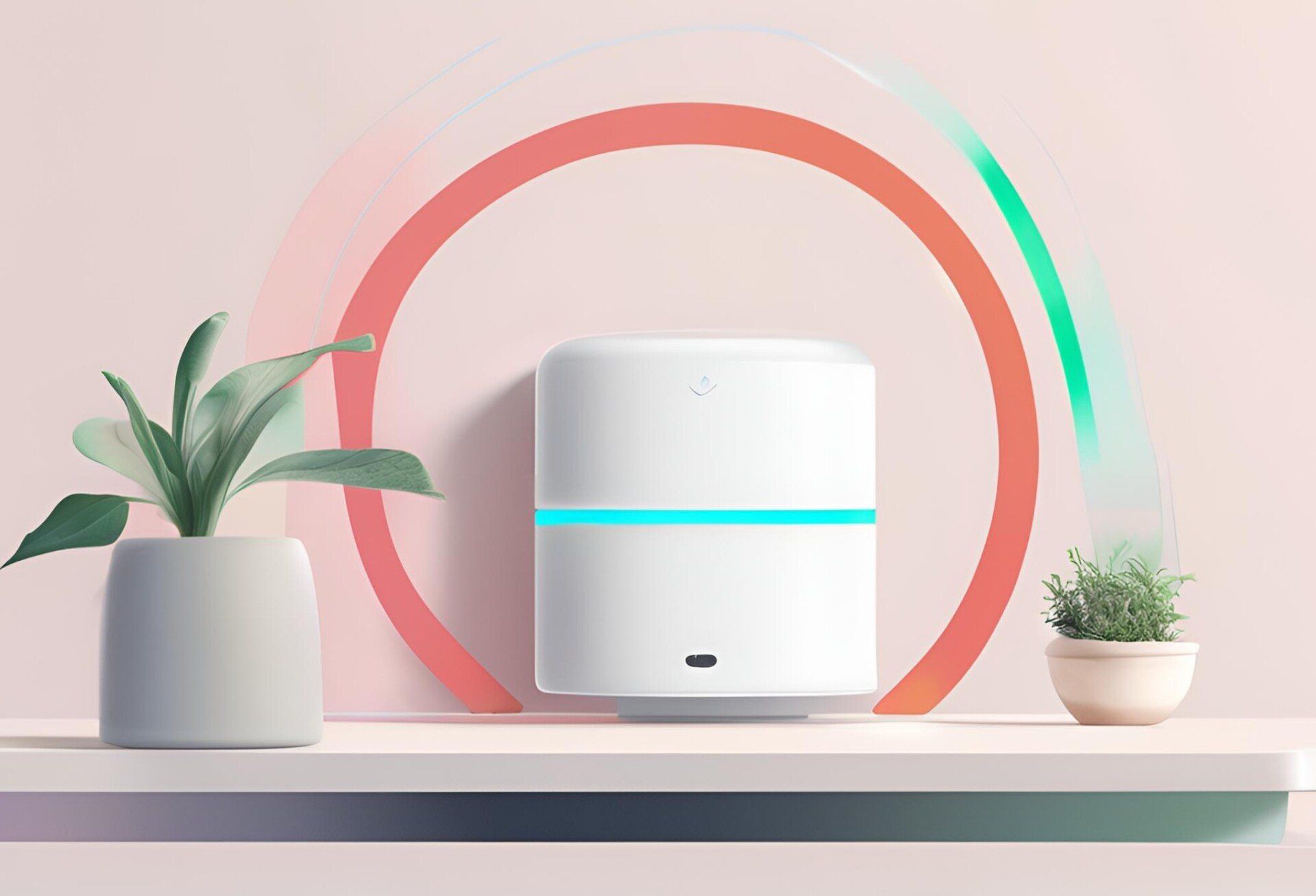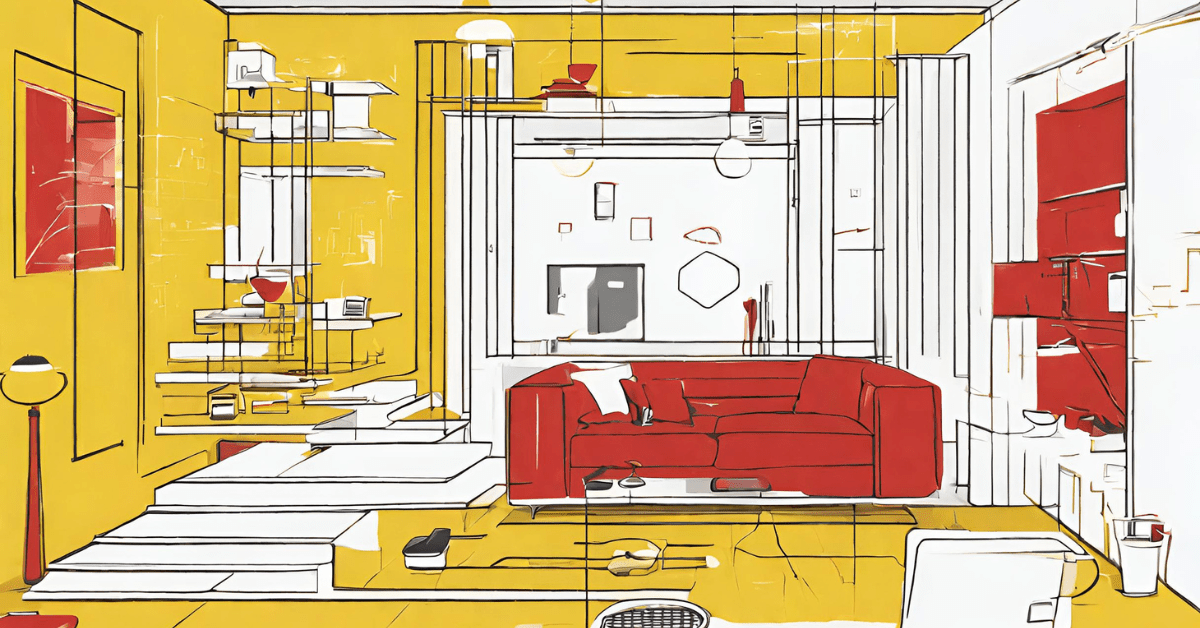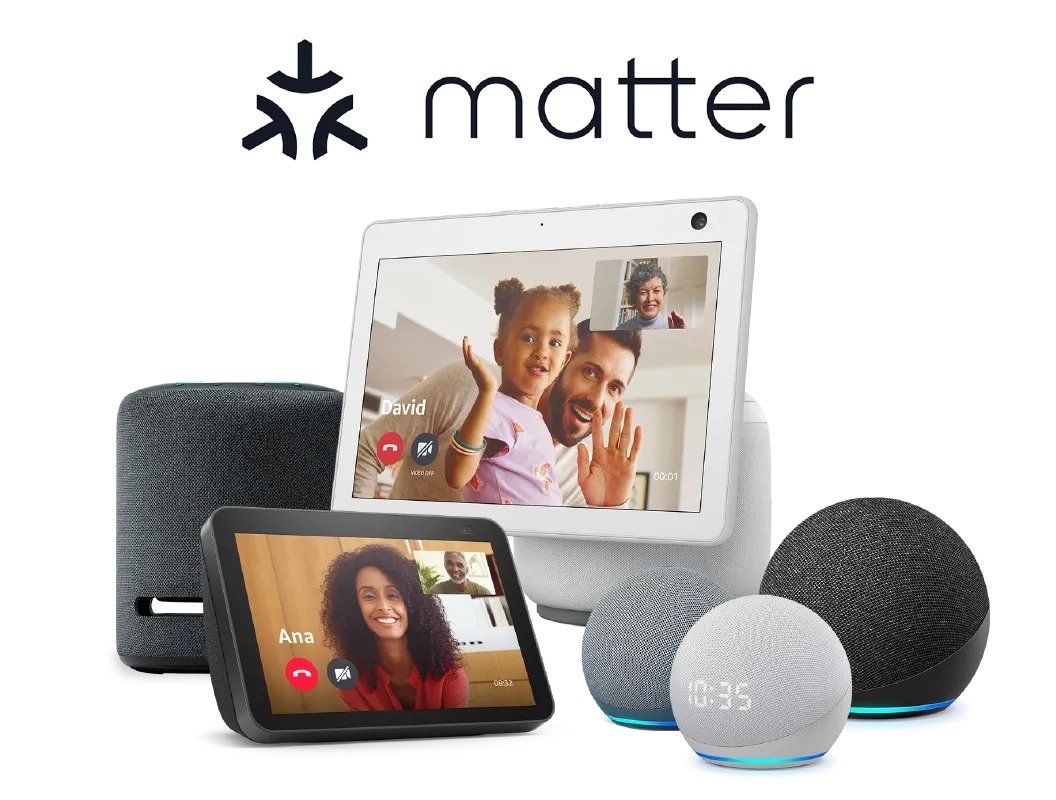How Smart Home Devices Will Change With The Matter Standard
The chances are, your smart home isn’t as smart as you would like it to be. Incompatibility, a lack of interoperability, and perhaps a simple tiff between brands and ecosystems are taking their toll. Multiple apps, dependence on specific hubs, and a collision of ecosystems in an attempt to make things simply work.

Please note: This page may contain affiliate links. Read our ethics policy
The chances are, your smart home isn’t as smart as you would like it to be. Incompatibility, a lack of interoperability, and perhaps a simple tiff between brands and ecosystems are taking their toll. Multiple apps, dependence on specific hubs, and a collision of ecosystems in an attempt to make things simply work.
Well, you’re not alone. The problem has been identified, and a solution offered. The Connectivity Standards Alliance (CSA, formerly the Zigbee Alliance) comprises big hitters in the smart home technology market. Apple, Google, Samsung, IKEA, Amazon, and 500 other companies are members. In 2019, the CSA began work on a new smart home specification, known as Matter. Intended to change smart homes, the specification aims to add functionality, and improve the use experience.
The Problem with Fragmented Smart Homes

If you got on board with the smart home revolution early on, you have probably collected a range of devices. Some of these might be compatible; others no doubt are not. Alternatively, you may have simply collected smart home gear – switches, bulbs, etc. - without any consideration of centralized control.
Both of these common scenarios have led to the problem of the fragmented smart home. For example, you may have found it impossible to persuade interior lights to activate when unlocking a smart lock. Or your presence in the home at a specific time initiating a smart plug to boil a kettle. Pain points such as setting up and managing devices using different protocols, and multiple hubs, result in a bad experience.
Enter Matter: The Unifying Standard

To combat the challenge of the fragmented smart home, the CSA developed Matter. This specification aims to unify the smart home, ensuring devices from different brands and manufacturers can work together. The word for this is "interoperability."
Another unifying element of Matter is its support for streamlined setups. Here, Wi-Fi and Bluetooth Low Energy are employed to simplify the pairing process. This should result in a far easier onboarding, getting smart home gear connected faster. This unity provides a foundation for more advanced smart home features.
For example, support for smart EV chargers and water management systems in Matter 1.3. Later iterations should begin to adopt features for smart home devices that are only available via dedicated apps. For example, instructing a robot vacuum to clean and mop a specific room.
How Matter Changes Functionality

Using Matter means that using devices from different brands shouldn't matter. It is designed to enable broader functionality, improved data security, and support cross-brand automation.
Compatibility, inter-connectivity and interoperability, and device diversity have considerable possibilities. We’re not just talking about a more convenient, trouble-free smart home experience. Cross-brand automation is a feature that is set to change the smart home landscape. Devices from different brands could be combined into a complex automation. For example, when a smart lock from brand A detects your entry, smart lights from brand B activate.
Matter also has superior security compared with earlier smart home technology. As well as using AES encryption, Matter has some additional security tricks. Your Wi-Fi password is only used once, and most devices won’t know it. Beyond Wi-Fi, Thread and Bluetooth are used for communication. Bridge devices for Zigbee and Z-Wave can also be used, but note that these are subject to their own security specifications.
Matter uses Distributed Compliance Ledger, a blockchain approach that can ensure only approved devices connect to your network.
User Experience Revolution: Matter Simplifies Smart Homes
Unifying the smart home experience simplifies it. A Matter smart home can be managed from a single app, with no requirement for dedicated hubs. Voice assistants are compatible with Matter, too.
Matter brings with it not just the prospect of simplified setup, but also simpler control. Single app control, rather than multiple apps for each device, is within sight thanks to Matter. A dedicated hub for each ecosystem should become a thing of the past, as Matter adoption increases.
Similarly, while Matter is already compatible with voice assistants (e.g. Google Assistant, Amazon Alexa), improvements will make it appear seamless.
The Future of Smart Homes with Matter

Matter’s introduction was relatively muted; over the past 18 months, however, things have changed. The release of Matter versions 1.2 and 1.3 underlined the potential of this standardization. Both included wider device support and the introduction of new features.
These developments provide a foundation for smart homes through the next decade. The standardized platform that Matter offers means faster development of new features. Integration with AI, and machine learning, can result in smarter automations, personalized experiences, and even predictive behavior.
Ultimately, the streamlined user experience that an integrated, interoperable smart home represents will make the smart home revolution more attractive.
Challenges and Considerations
While it seeks to unify the existing smart home experience, Matter does not come without its own challenges. While the current level of Matter integration enables basic command support for some devices, more mature features are excluded. These will probably be added with future iterations. In the meantime, dedicated device apps remain recommended. Older devices will almost certainly require replacing as time goes on. Check if it is possible to retrofit an older device with Matter, however.
There are also security vulnerabilities to consider. Matter updates are applied over-the-air, but individual devices may have their own firmware updates. This is particularly true of devices connecting to a Matter network via a bridge. Keeping up-to-date with patches should ensure the smart home remains robust.
Making Smart Homes Matter
Wi-Fi, Bluetooth, Zigbee, Z-Wave, and various apps, hubs, smart assistants, and remote controls might seem like the pinnacle of smart home tech to a newcomer. But anyone that has been juggling these various technologies will know that it can be a bit of a nightmare. Matter is already changing the smart home. As more manufacturers adopt the standard, the smart home experience will improve. Greater adoption of a simpler smart home experience should result in larger sales.
A unified, user-friendly smart home with automations across two or more devices is an exciting prospect. It is still early days for smart homes, but with Matter the ideal smart home is within reach.
About the Author

Christian Cawley
Editor in Chief
Christian has been writing about technology since the mid 2000s, and has been published in numerous publications, online and in print. These include Android Magazine, Linux User & Developer, Linux Format, Tech Radar, Tom's Hardware, and Computer Active. From 2014-2024, he was a section editor and later deputy editor at MakeUseOf, before joining the Matter Alpha team. Christian enjoys old video games (mainly C64, Amiga, and MS-DOS), classic TV, and telling everyone who will listen that they should have a robot cleaner. When he's not shaping articles, Christian is a dad to three dancers, collects Lego, and is an avid home chef.